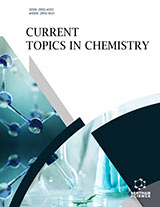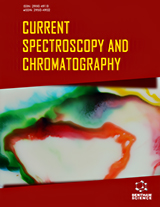Abstract
The influence of different protic and aprotic solvents on the conductometric titrations of cerium(III) with EDTA has been studied. The results are explained for mixed solvent systems using 1,4-dioxane (DA), acetonitrile (ACN), Dimethylsulphoxide (DMSO), N,N’-dimethylformamide (DMF), Tetrahydrofuran (THF) and Methanol (MA) as cosolvents. End points of conductometric titrations improved in presence of 1,4 dioxane as a co-solvent (in comparison to that in aqueous medium) for binary mixtures of Ce(III) with Al(III), Cu(II), Mn(II) and Pb(II), respectively. Composition of co-solvent-solvent medium has been optimized for best conductometric titration results. On the basis of synergic effect of dielectric constant, proton affinity and extent of solvation relative order of co-solvents showing increasing effect has also been proposed. It is now possible to determine Ce(III) in presence of Al(III) without interference in aqueous medium in presence of 20% 1,4 dioxane.
Keywords: Aprotic solvent, Cerium (III), Conductometry, Co-solvent, EDTA, Protic solvent, determination, binary mixture.
Graphical Abstract




























